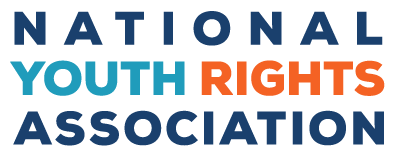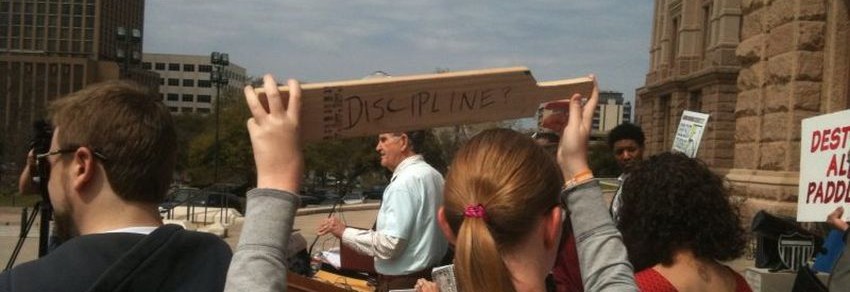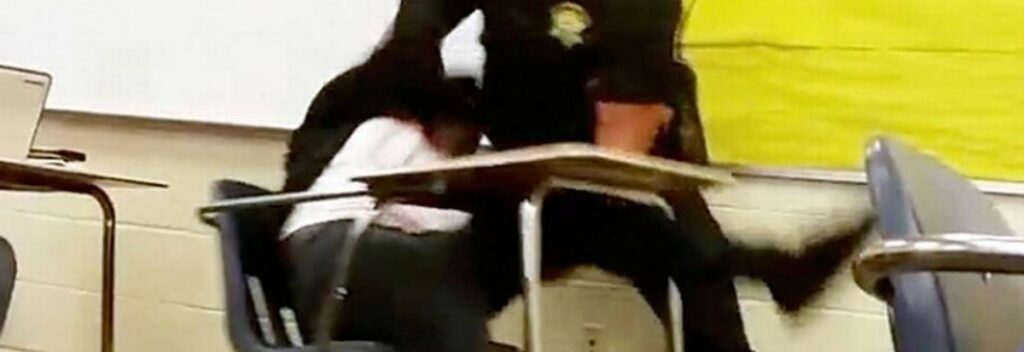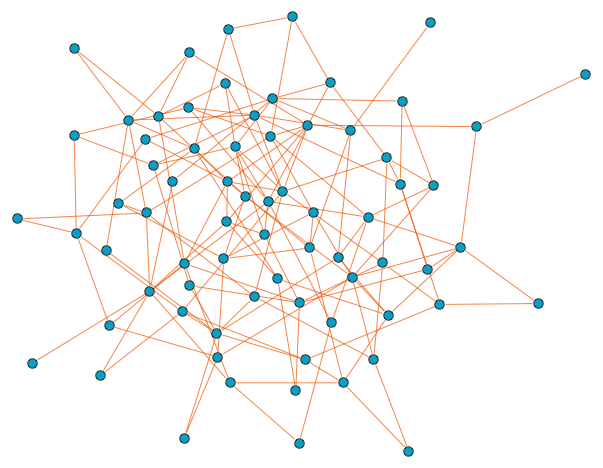Restraint and seclusion are controversial, drastic techniques used to control a student’s behavior in school. Restraint involves a physical or mechanical limitation on the ability to move. Instances of restraint include holding a student’s hands behind their back, a type of physical restraint, or mechanical restraint using objects like handcuffs or rope. Seclusion happens when a student is forcibly placed in solitary confinement and is not allowed to leave.
Although the U.S. Department of Education clearly states that these methods should only be used if a student’s behavior poses an “imminent danger of serious physical harm to self or others” and never as punishment or as a form of discipline, there are no federal laws to enforce this policy. In fact, schools will frequently restrain or place in seclusion students for breaking minor school rules. Students have been restrained for being uncooperative, getting out their seats, slouching, whistling, and other “misbehavior.”
Discrimination and abuse
Restraint and seclusion that can easily result in injury and or even death. Students of color or who are disabled are more likely to be restrained or secluded.
There are multiple reasons why improper use of restraint and seclusion create legal issues: the victimized student may be facing discriminatory treatment (due to a disability, for example), or quite simply neglect and/or abuse within the school setting. Indeed, students with disabilities represent a disproportionate amount of those restrained or secluded — as of 2014, 67%, even though just 12% of American students are disabled.
The consequences of restraint and seclusion are not only physical. A professor at Michigan State University College, Donald E. Greydanus, explains that psychological issues like depression, anxiety, guilt, low self-esteem, and drug/alcohol abuse can follow this type of punishment.
State regulations
Still, no federal law regulates restraint and seclusion, and laws are inconsistent from state to state. Many states have rules declaring that “physical restraint should only be used if a child is a danger to himself or others,” but only some states regularly review their rules. Certain states have few regulations, but many have introduced or even enacted house bills related to restraint and seclusion. However, the U.S. Department of Education’s list of laws by state or territory indicates that many states still have no regulations for restraint and seclusion.
State bans seclusion for all students
Students can be placed in seclusion only in situations where there is an immediate physical threat
Some students have some protections against the use of seclusion in situations that don’t involve an immediate physical threat (if they are disabled, for example)
Students can be placed in seclusion for any behavior that causes a disruption








